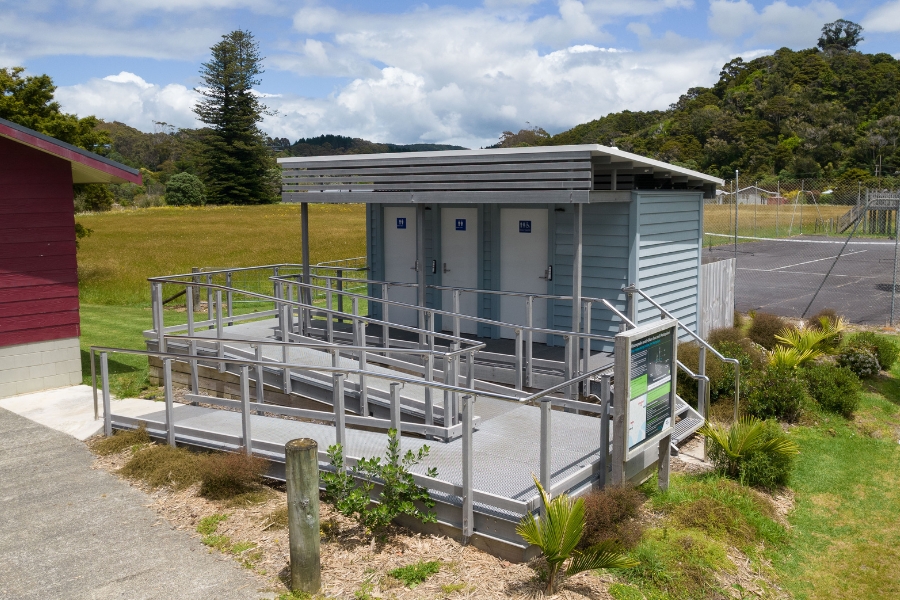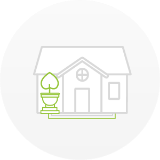EDITORIAL: Matapōuri’s High-Tech Toilets: A Sustainable Triumph for Northland

On the Tutukaka Coast in Matapōuri Bay, a quiet revolution in public sanitation has taken root. Since June 2023, a cutting-edge composting toilet facility has transformed how this iconic Kiwi bach settlement manages its summer crowds, blending advanced technology with environmental stewardship and deep cultural respect. Spearheaded by Dylan Timney, owner-director of Waterless Composting Toilets NZ Limited (WCTNZ®), this New Zealand-made system is tailored to Matapōuri’s unique challenges, offering a blueprint for sustainable tourism infrastructure that resonates far beyond Northland’s shores.
A Coastal Gem Under Pressure
Matapōuri, a quintessential Northland beach destination, swells with up to 1,000 daily visitors in summer, drawn to its pristine shores and cultural significance. This influx has long overwhelmed its ageing septic toilets on Wehiwehi Road, which buckled under peak demand, leading to frequent blockages, closures, and environmental risks. The local aquifer, depleted during dry months, could not sustain water-intensive flush systems, while treated wastewater discharge near the ecologically and culturally sensitive Matapōuri Estuary sparked concern. The 2019 closure of the nearby Mermaid Pools by Te Whānau ā Rangiwhakaahu, the local hapū, due to visitor waste, was a stark wake-up call, highlighting the urgent need for better infrastructure.
Enter the “Restoring the Mauri of Matapōuri” initiative, a visionary partnership launched in 2019 between Whangārei District Council (WDC) and Te Whānau ā Rangiwhakaahu. Backed by the central government’s Tourism Infrastructure Fund (TIF) and WDC, the composting toilet project emerged as a cornerstone of this broader effort to mitigate tourism’s impact. Far from a mere fix, it seeks to restore the mauri—life force—of Matapōuri, aligning modern infrastructure with environmental sustainability and Māori values. The hapū’s involvement ensured the project respected cultural sensitivities, particularly around wastewater management near sacred coastal areas.
A Technological Marvel
At the heart of the Matapōuri facility lies WCTNZ®’s bespoke waterless composting system. Located on Matapōuri Hall Society land, the three-cubicle complex—two unisex, one accessible—transforms human waste into nutrient-rich humus through aerobic decomposition. Unlike traditional flush toilets, it eliminates reliance on scarce water resources and prevents wastewater discharge, addressing both the aquifer’s depletion and estuary concerns.
WCTNZ®’s proprietary Waterless Waste Automation (WWA) and Building Management Systems (BMS) elevate the system’s performance. Rated for 28,000 annual uses, it exceeds expectations with features like automated woodchip delivery, ozone treatment for odour control, and advanced ventilation. Current usage, ranging from 800 monthly visits in quieter months to 2,500 during summer peaks, demonstrates its capacity to ease pressure on the old septic facility. By automating the addition of carbon-rich woodchips, WCTNZ® minimises user interaction, reducing mess and ensuring a seamless experience for locals and tourists alike.
This is standard composting, not vermiculture, optimised for efficiency. The system’s design maintains aerobic conditions to prevent odours, with composting chambers requiring emptying only every two years under normal conditions. For higher demand, removals may occur annually or quarterly, significantly reducing maintenance burdens compared to septic systems. This longevity underscores the system’s sustainability, offering a low-impact solution that aligns with global trends in eco-conscious infrastructure.
Environmental and Cultural Harmony
The environmental benefits are profound. By eliminating flushing, the facility relieves pressure on Matapōuri’s drought-prone aquifer. The absence of wastewater discharge safeguards the Matapōuri Estuary and Bay, protecting their ecological integrity and cultural sanctity. The composting process reduces waste volume by up to 90%, transforming a potential pollutant into a resource and aligning with Nature-based Solutions that prioritise ecological balance over chemical-heavy treatments.
For Te Whānau ā Rangiwhakaahu, the project is a powerful expression of kaitiakitanga—guardianship of the land. Their active role, formalised through years of collaboration with WDC, ensured a solution free from the environmental risks of septic systems. Aperahama Kerepeti-Edwards, a hapū representative, hailed the infrastructure as critical for managing tourism’s impact, noting its alignment with Māori values that prioritise environmental health. This partnership sets a precedent for integrating indigenous perspectives into public projects, fostering outcomes that are both practical and deeply resonant.
Operational Rigour and Community Engagement
The project’s success hinges on good maintenance and community trust. WDC, in collaboration WCTNZ®, oversees operations, with a local groundsman conducting monthly two-hour inspections alongside dedicated cleaning crews. WCTNZ® provided tailored training to ensure the system runs smoothly. Automated woodchip delivery eliminates the need for users to manually add bulking agents, reducing misuse and keeping cubicles pristine. Clear, minimal signage guides visitors, while WDC’s online reporting channels and phone lines ensure swift responses to any issues.
Media coverage, including NZ Herald reports celebrating the “flash new high-tech” toilets, has been overwhelmingly positive. The absence of complaints suggests strong initial acceptance, though formal user feedback is still being gathered. WDC’s commitment to cleanliness and odour-free operation is critical, as public perception of composting toilets often hinges on these factors. The project’s integration into the “Restoring the Mauri” initiative has fostered community pride, with locals empowered to steward a facility that reflects their values.
A National and Global Benchmark
Matapōuri’s composting toilets stand out against other New Zealand projects. Maungatautari Ecological Island’s TIF-funded composting toilets share similarities, but lack Matapōuri’s advanced automation and deep hapū partnership. Charteris Bay’s under-resourced, volunteer-built composting toilet, described as unhygienic and lacking accessibility, highlights the pitfalls of inadequate funding and management. Matapōuri’s robust TIF backing, professional oversight, and community collaboration set it apart as a model for others.
Globally, the project aligns with sanitation trends in U.S. national parks, where composting toilets serve remote areas, and Singapore’s high-standard public facilities, which prioritise technology and user experience. Compliant with AS/NZS 1546.2:2008, Matapōuri’s system meets rigorous regional standards, offering lessons for councils worldwide grappling with tourism pressures and environmental constraints.
As a WDC pilot, the project could shape Northland’s sanitation future. While initial costs, offset by TIF funding, reflect its pioneering nature, economies of scale will make such systems more accessible. WCTNZ® is committed to refining this model, sharing insights to meet New Zealand’s diverse needs. The facility’s success challenges the reliance on water-heavy septic systems, proving that composting toilets can handle high-visitation areas without compromising environmental or cultural integrity.
Looking Ahead
Matapōuri’s composting toilets are more than a practical upgrade—they are a bold statement of what’s possible when innovation, collaboration, and respect for place converge. For locals, visitors, and Te Whānau ā Rangiwhakaahu, this facility is a source of pride, easing the strain of tourism while honouring the land. For WCTNZ®, it’s a step towards a legacy of sustainable infrastructure, one composted nutrient at a time. As New Zealand grapples with growing tourism and environmental challenges, Matapōuri lights the way forward.
WCTNZ® welcomes comments—share your feedback on the Matapōuri composting toilets in the comments section below.
WCTNZ® | Waterless Composting Toilets NZ Limited | Copyright 2025 ©
Want to know more about the Tourism Infrustructure Fund (TIF)? Find out how the funding worked and where it's going in the future: The Tourism Infrastructure Fund: A Legacy of Balance in New Zealand’s Tourism Boom
A Blueprint for Council Sanitation
Councils, facing tourism strain, need proven sanitation solutions. Matapōuri Bay showcases WCTNZ®'s waterless composting toilets:
- Eco-Friendly: Protects water and the environment.
- Low Maintenance: Reduces council operational costs.
- High Performance: Manages peak visitor demand.
Our compliant systems are ideal for RIF & IVL funding. Invest in a sustainable future for your community.
Contact WCTNZ® today for a proven solution.
WCTNZ® | Waterless Composting Toilets NZ Limited
















Great work Dylan. We have the CM 40 in operation, as you know and are curious about the automatic wood chip delivery and ventilation system. I don't see any tall flues....do you have a video walk through or demo of this in action?
Thanks for that. For more info, please get in touch with our building department at buildings@wctnz.co.nz